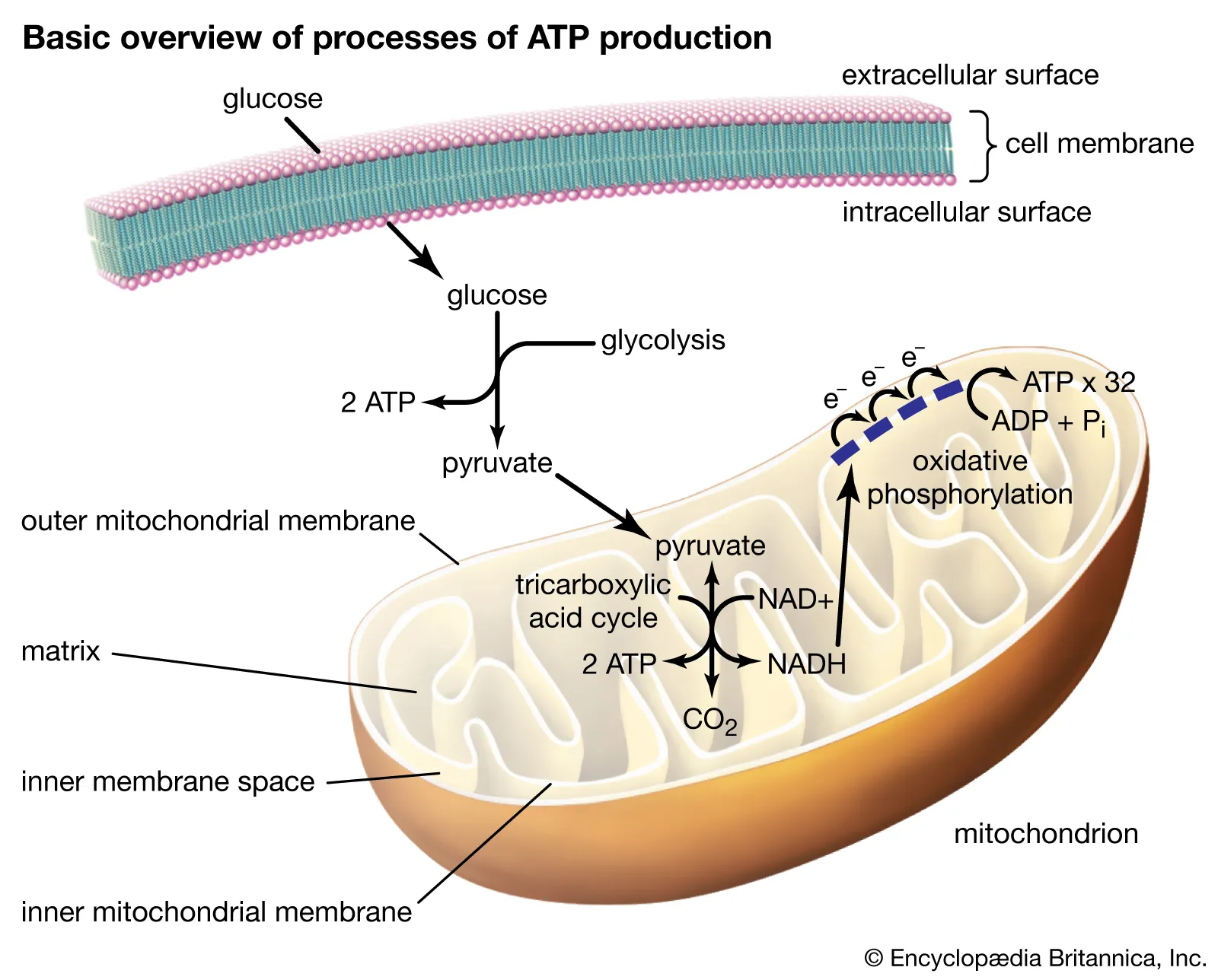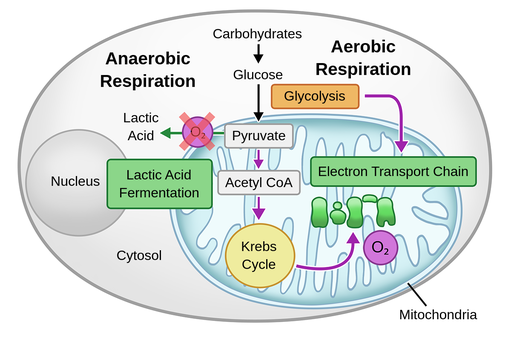
How Does Exercise Affect Cellular Respiration? – Powerful Tips
When your body’s cells transform the food you eat into an energy molecule that your cells can use, this process is known as cellular respiration. Adenosine triphosphate, or ATP, is the name of this energy. Cellular respiration and exercise intensity are directly correlated.
Table of Contents
How Does Exercise Affect Cellular Respiration?
1. Aerobic Or Anaerobic
A February 2017 study published in the World Journal of Cardiology explains that your cellular respiration or cellular metabolism can be aerobic or anaerobic. These are the procedures by which energy from the food you consume is changed into energy molecules that your body’s cells can utilize.
Anaerobic metabolism takes place when there isn’t any oxygen present, whereas aerobic respiration occurs when there is. Depending on how hard and long you work out, you will breathe differently. Glycolysis, a metabolic process that breaks down glucose, happens first in both types of cellular respiration.
Difference between Aerobic And Anaerobic Respiration:
- Glucose: In aerobic respiration, glucose is present and primarily used, whereas, in anaerobic respiration, it is either absent or used up quickly.
- Carbon dioxide and water are the byproducts of aerobic respiration, while mammals’ anaerobic respiration results in the production of lactic acid.
- While the byproducts of anaerobic respiration still contain energy, glucose is not completely oxidized during aerobic respiration, which means that glucose is not completely oxidized.
- In comparison to anaerobic respiration, aerobic respiration produces a lot more energy.
- You can engage in aerobic respiration-based exercises if you’re interested in losing weight. Fat is the main energy source for aerobic respiration.
2. The 90-second Barrier
At the beginning of exercise, anaerobic respiration lasts for up to 90 seconds. The American Council on Exercise explains that performing frequent short bursts of intense exercise, like sprinting, powerlifting, or high-intensity interval training, accelerates anaerobic respiration.
If exercise lasts longer than 90 seconds, the cells become more dependent on aerobic respiration, which raises the rate of aerobic respiration. While running a half-mile or longer in a race or participating in an aerobic dance class engages aerobic respiration, weight training, and sprinting depend on anaerobic respiration.
Within the cell’s watery interior, anaerobic respiration takes place. A cell’s organelle or structure known as the mitochondria is where aerobic respiration occurs.
3. Cellular Respiration And Exercise
The only source of energy for the anaerobic process is carbohydrates. Energy is produced during aerobic exercise using carbohydrates and fats. You need to eat enough carbohydrates to support anaerobic respiration if the majority of your training consists of very demanding workouts.
If the majority of your workouts last longer than 20 minutes, you can cut back on your carbohydrate intake to encourage your body to burn stored body fat for energy. A higher rate of anaerobic respiration will result from more anaerobic exercise than aerobic exercise, and a higher rate and greater efficiency of aerobic respiration will result from more aerobic exercise.

How Is Cellular Respiration Waste Disposal Affected By Exercise?
What impact does exercise have on how cellular respiration waste is disposed of? The heart’s actions regarding the blood that has lost oxygen A waste product called carbon dioxide is exhaled out of the body along with oxygen as the deoxygenated blood is delivered to the lungs. The heart then pumps the oxygenated blood to the muscles, where it is required. You’ll find that when you exercise, your breaths tend to be deeper and occasionally don’t feel like enough. This is a result of your lungs’ attempts to supply your body with the oxygen it needs while it is engaged in vigorous movement. When exercising, it’s recommended to breathe deeply in and slowly exhale to help control your breathing and make sure your muscles have access to the oxygen they need to keep contracting.
What happens if your heart and lungs are unable to give your muscles enough oxygen while you’re working out? Let’s face it, the body as a whole requires oxygen as well. Your muscles start to use anaerobic respiration when your heart and lungs are unable to give them the amount of oxygen they need. Instead of carbon dioxide and water, glucose is converted to lactic acid in this situation; although the muscles still contract, they do so insufficiently.
Have you ever tried engaging in intense exercise for so long that your muscles start to hurt? Additionally, standing up makes your legs feel as though they would collapse. The body produces more lactic acid during vigorous exercise, and because the muscles are using glucose, glycogen that has been saved for other uses depletes. The accumulation of lactic acid in the muscles causes oxygen debt because it still takes oxygen to break down lactic acid. Muscle fatigue sets in as a result of the low levels of glycogen, and you must stop exercising until your energy levels return.
Conclusion
Cellular respiration increases during vigorous exercise. This means that your muscles, heart, and lungs will require more oxygen as your exercise becomes more intense and prolonged. When you exercise, both aerobic and anaerobic respiration plays a big part. Your body can use the proper nutrients needed to produce energy more effectively if you eat the right kinds of foods in the right amounts.